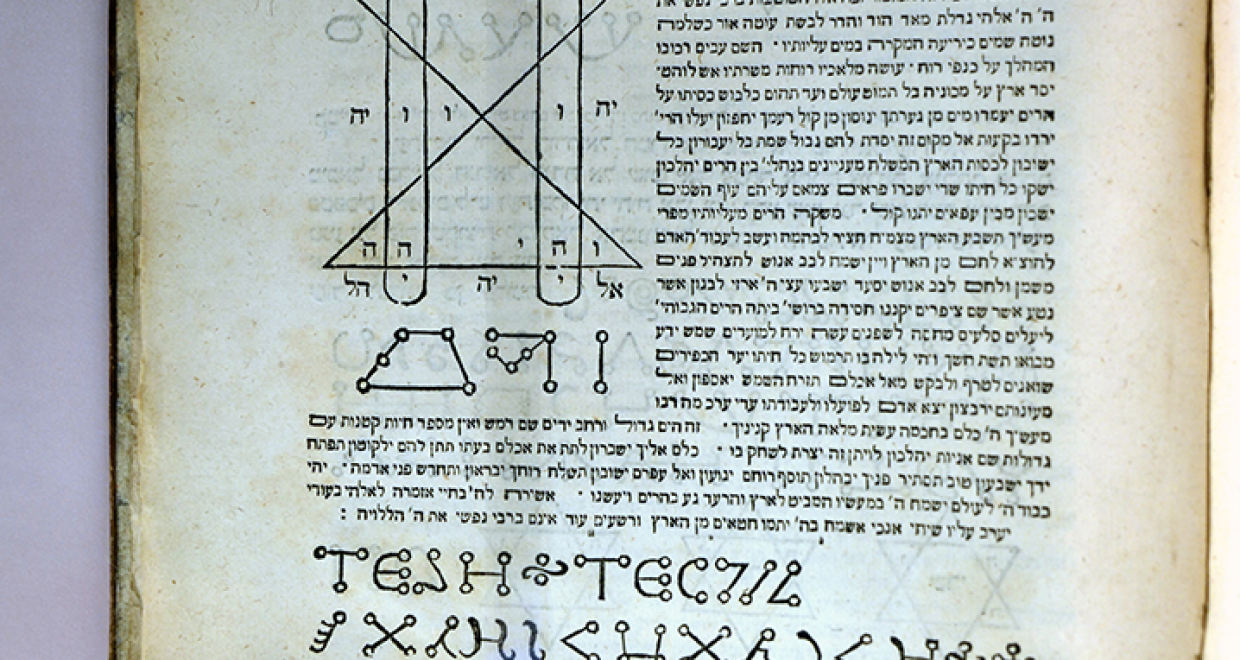“Spirit to Spirit”: The Imagery of the Kiss in the Zohar and its Possible Sources
The imagery of the kiss in Zoharic texts is applied to a range of notions of love. Specific to the imagery is the depiction of the kiss as “the cleaving of spirit to spirit.” This motif occurs in different contexts and displays various degrees of complexity, which correspond to the density of the notions reflected. A multifaceted image of the kiss is presented in the Zoharic interpretation of the opening verse of the Song of Songs found in the pericope of Terumah. The homily weaves a portrayal of the metaphysics of love. It employs the image of the mingling of breaths in a kiss for the expression of the union between the divine potencies (sefirot) Malkhut and Tiferet and the cohesion of the divine realm as a whole.
In this article, I situate this Zoharic imagery within the context of those sources from which it might have drawn its key components. The philological proximity between the Zoharic depiction of kissing—with its focus on the mingling of breaths—and medieval Arabic, Jewish philosophical, and Christian sources suggests that the imagery of the kiss could have been inspired by a variety of traditions. Behind the metaphysical complexity of the homily, several Neoplatonic notions are discernible: the relation between the hypostases soul and intellect, and the basic striving of the hypostasis of the soul toward the One, with the intellect being only a mediator. Another Neoplatonic notion emphatically articulated in the homily is that of the mutual permeation of entities. By foregrounding this notion, which intends reciprocal inclusion and mirroring of entities, the hierarchical aspect in the relation between the female and male hypostases is overcome.
The study illustrates the ways in which Platonic and Neoplatonic concepts were appropriated by the early Kabbalists and their expression through myth and symbol in Zoharic literature. In addition, it aims to uncover the diversity of metaphysical models that informed the consolidation of kabbalistic views of the dynamics within the divine realm.






